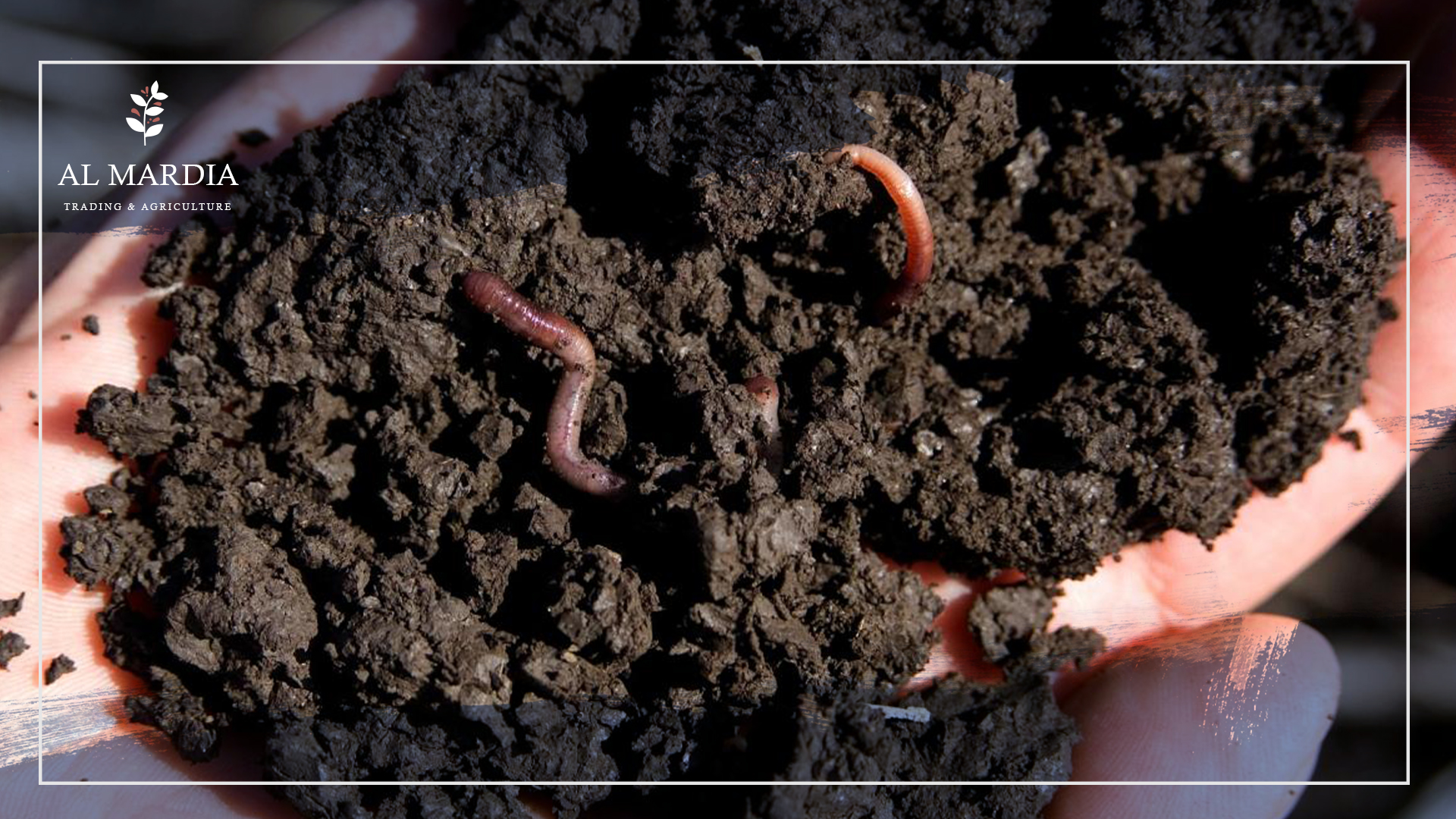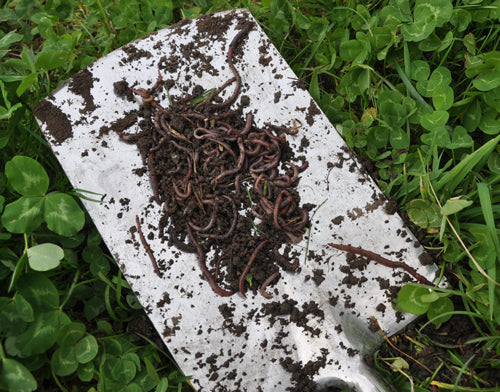The Only Guide to North Carolina Worms
The Only Guide to North Carolina Worms
Table of ContentsNorth Carolina Worms for BeginnersSome Ideas on North Carolina Worms You Need To KnowNorth Carolina Worms - QuestionsNot known Details About North Carolina Worms Some Known Factual Statements About North Carolina Worms
Instance: 1-gallon of worm castings to 4 gallons of potting mix. 1/2 mug in the bottom of the planting hole for smaller plants. 1 cup for bigger plants.We find that worm castings are not truly needed for seed starting., promotes far better germination rates and plant wellness.
The enhancement of tea can likewise add boosted microbial biomass to your dirt. Garden. You can constantly side-dress your plants with worm castings at any moment. Simply remember, the microorganisms will certainly pass away if revealed to UV rays (Sun), so make certain to cover the spreadings with an inch approximately of dirt

This baffled them for years until the screening methods progressed. They discovered that plant development and wellness displayed a Bell Contour. It would obtain much better(with more spreadings), level off, and afterwards decline. They were mystified. They lastly uncovered that excess plant-growth hormonal agents were the culprit. Way too many worm castings would speed up the development to a rate that the plant can not recoup from.
All about North Carolina Worms
I have stated the merits of worm spreadings for regarding 2000 words. Worm spreadings are no various. It takes time to produce high quality worm castings.
Worm spreadings absolutely set you back more than chemical plant foods. Worm castings are on the cheaper end of natural plant foods. (50 gallons per year) It is a much tougher and very costly financial investment to generate large quantities of worm castings.
I would put worm spreadings up versus any fertilizer (chemical or natural) for plant health and wellness and return. We have spoken about the several advantages of worm castings.
Developing a healthy dirt may be the biggest benefit of worm castings. We went over worm castings NPK and also the proper nutrient evaluation that ought to use to worm spreadings.
The Best Strategy To Use For North Carolina Worms
We chatted about some of the downsides associated with worm castings. I covered a lot of material in this post.
(https://www.artstation.com/nrthc4ro1nwr6/profile)The upright burrows are commonly open, although the worms top the leading with deposit and excrement. Origins need oxygen for their development, whereas they create carbon dioxide that requires to leave the soil.

Some Known Details About North Carolina Worms
In another research, earthworms were approximated to take in 4 to 10 percent of the top 6 inches of the dirt annually. This only goes to reveal the substantial amounts of soil that can be refined by earthworms. Soil compaction minimizes the porosity of the soil. Since earthworms boost porosity, they lower the impacts of compaction.
Normal earthworm populaces can quickly take in 2 heaps of dry issue per acre each year, partly digesting and blending it with soil. The significance of earthworms to blend surface residue with soil ends up being very clear in dirts that do not have any earthworms. The majority of our Pennsylvania soils have at the very least some earthworms, and the result of their full lack, as a result, can not be noted.
In these dirts, the formation of topsoil with reasonable raw material material did not take place, leading to inadequate crop growth. When the reason was developed, the federal government of the Netherlands Your Domain Name started a project to present earthworms. After the intro of the earthworms, a dark topsoil layer was created, and plant growth increased significantly.
Some Ideas on North Carolina Worms You Should Know
They live primarily from partially decayed natural matter that is currently integrated in the soil. These types ingest large quantities of soil that they mix with digested plant deposit in their guts.
Their burrows continue to be open, although they cover the top with plant deposit that they pull to the entryway. These types consume considerable amounts of dirt that they combine with absorbed deposit in their guts. Their waste matter is mainly deposited at the surface of the dirt. The nightcrawler Lumbricus terrestris is the most prominent participant of this team.